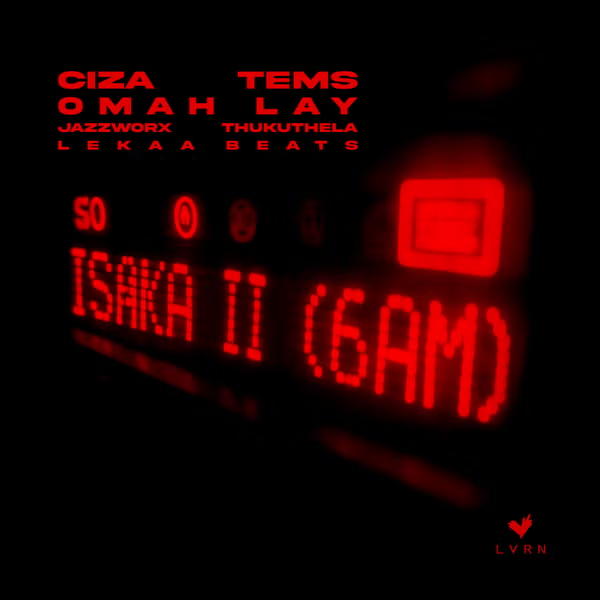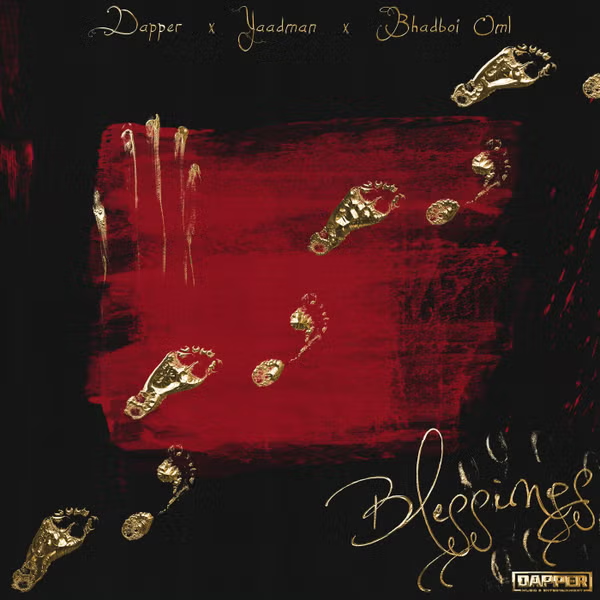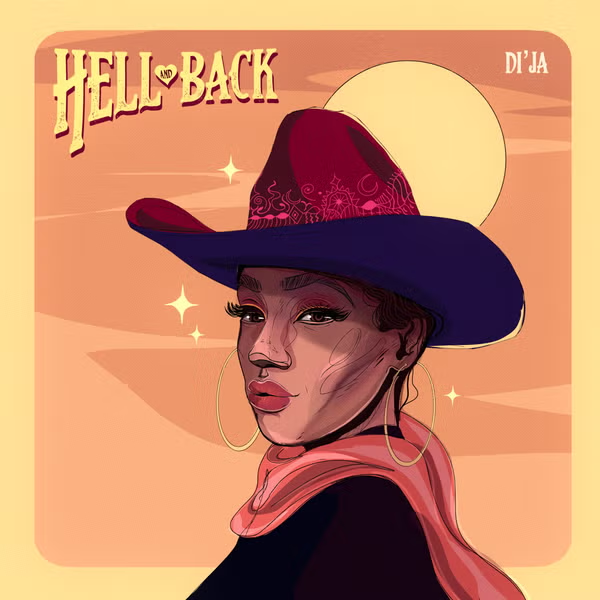The commonly used term Totem Pole refers to the tall cedar poles with multiple figures carved by Native people of the northern Northwest Coast.
Totem poles were used to represent a tribe, clan, family, or person. Having a totem pole was a great honor and often families would trade all their possessions to have one
Several different types of monumental poles include Mortuary poles made in the nineteenth century which housed the coffins of important people in a niche at the top; free-standing memorial poles placed in front of houses to honor deceased chiefs; house frontal poles placed against the house front, often serving as doorways of houses; carved interior house posts that support roof beams. Carved of red cedar logs, the figures on totem poles are inherited crests, which identify the pole owners and tell their family histories.
The poles may also serve as functional architectural features, welcome signs for village visitors, mortuary vessels for the remains of deceased ancestors, or as a means to publicly ridicule someone. They may embody a historical narrative of significance to the people carving and installing the pole.
Given the complexity and symbolic meanings of these various carvings, their placement and importance lies in the observer’s
knowledge and connection to the meanings of the figures and the culture in which they are embedded.
Most totem poles display beings, or crest animals, marking a family’s lineage and validating the powerful rights and privileges that the family held.
Totem poles would not necessarily tell a story so much as it would serve to document stories and histories familiar to community members or particular family or clan members.
A totem pole typically features symbolic and stylized human, animal, and supernatural forms. Totem poles are primarily vis
ual representations of kinship, depicting family crests and clan membership. For example, some Kwakwaka’wakw families of northern Vancouver Island belonging to the Thunderbird Clan will feature a Thunderbird crest and familial legends on their poles.
Other common crests among coastal First Nations include the wolf, eagle, grizzly bear, thunderbird, killer whale, frog, raven, and salmon. Wealthy and influential families may have more than one crest. Totem poles can also be created to honor a particular event or important person.
Of all the material culture produced by coastal First Nations, the totem pole is likely one of the most recognizable cultural symbols of the Pacific Northwest. The array of different totem pole styles and designs reflect the rich diversity of the First Nations histories and cultures that produced them.
Most totem poles stand between 3 to 18 meters tall, although some can reach over 20 meters in height.3 Different types of totem poles are erected to serve various architectural and ceremonial purposes.
Most longhou
ses had house posts, carved with human or animal forms, to support the main beams of the building. Similarly, some longhouses featured a house frontal pole, which would be located at the main entrance and often contained an opening for passage into the house.
Mortuary poles, which contained the remains of the deceased in grave boxes, served as both a tomb and a headstone. Likewise, a memorial or commemorative pole was often created to honor an important deceased person, usually by his or her successor. Memorial poles tend to be the tallest type of pole, particularly among the Tsimshian of the Nass and Skeena Rivers in central British Columbia.
Less commonly, some First Nations carved “shame poles” to ridicule neighboring groups who had unpaid debts. Shame poles were more common in the nineteenth century, but today, some First Nations erect these poles as a form of protest against the loss of Aboriginal territory or for other political grievances. One well-known shame pole, which stands in Cordova, Alaska, was carved by Tlingit fisherman Mike Webber to protest the environmental disaster and political mishandling of the 1989 Exxon Valdez oil spill in Prince William Sound.4
The totem pole designs that most people recognize today were, for the most part, developed in the last 200 years. Most historians and other experts agree that totem pole carving did not reach its peak until the nineteenth century when many coastal First Nations were involved in the fish and fur trade with Europeans.
During this time, coastal First Nations acquired new tools that enabled them to construct more elaborate poles. Most poles, even though they are made from rot-resistant cedar, last only about a hundred years before they begin to disintegrate. This disintegration is recognized as a natural part of a pole’s life cycle. Carving a totem pole requires not only artistic skill but an intimate understanding of cultural histories and forest ecology.
Most totem poles are made from Western red cedar, a rot-resistant tree that is straight-grained and easy to carve.7 Before a cedar tree is harvested for a totem pole, many coastal First Nations communities will perform a ceremony of gratitude and respect in honor of the tree. Severa
l trees may be inspected before a particular tree is chosen for its beauty and character.
According to Roy Henry Vickers, an artist of Tsimshian and Haida ancestry, “each tree is like a human being; it has its own personality and uniqueness.”
Traditionally, totem pole carving was done by men, although today both men and women have become skilled carvers. Many totem pole carvers have honed their skills since childhood, typically from watching their fathers and uncles carve from cedarwood. After a tree is felled, the wood is debarked and shaped using implements such as adzes, axes, chisels, carving knives, and chainsaws. Other artists argue that technological innovation is an important part of cultural transformation and growth.9
Whatever their personal preference, artists use these tools to create the swirling, oval shapes common in coastal First Nations artwork, also known as “ovoid” design.10 An artist will frequently pay close attention to the grain and coloration of the wood to capture the sense of life and movement in his or her carving. After the wood is carved, some artists paint their poles or choose to leave the pole unpainted. Many poles are colored using synthetic paints, and some are painted with natural pigments derived from ground charcoal and ochre From their earliest origins to today, totem poles hold a significant socio-cultural role in many First Nations communities.
Most First Nations commemorate the raising of a totem with a totem pole raising ceremony, which is often held concurrently with a feast or potlatch. At these ceremonies, the significance of the pole and stories of the crests are told, and visitors witness the events, including the r
ight of a family’s claim to the crests depicted.
As totem poles may be erected to commemorate the life of a chief or may be commissioned to celebrate an important milestone or event, the reason for the pole’s creation is shared and celebrated in such ceremonies.
For many years in the history of British Columbia, the presence of totem poles in the province came under threat by non-Aboriginal settlers who predominantly viewed the poles as paganistic, and an impediment to colonial efforts to Christianize and “civilize” First Nations people. Colonial officials attempted to assimilate Aboriginal peoples by banning cultural expressions and practices, such as the potlatch in 1884, based on the expectation that Aboriginal peoples would then adopt Christian traditions. Along with the outlawing of ceremonies, thousands of items, such as ceremonial regalia, were forcibly taken from Aboriginal peoples and sent to museums and private collectors throughout North America and Western Europe. This included totem poles.
Much of this discriminatory legislation was not repealed until 1951, although the relocation and repatriation of stolen materials is ongoing For generations, First Nations peoples have made major efforts to maintain their cultural traditions in the face of assimilationist policies.
Following the repeal of discriminatory legislation in 1951, a new generation of artists began to learn and promote the artistry of totem pole carving as a form of cultural revitalization.
Famous totem pole carvers include Henry Hunt (Kwakwaka’wakw), Mungo Martin (Kwakwaka’wakw), Martin’s grandson Doug Cranmer (Kwakwaka’wakw), Ellen Neel (Kwakwaka’wakw) and Bill Reid (Haida), who all have works exhibited at the Museum of Anthropology at UBC and some at the Royal B.C. Museum in Victoria. Other First Nations sought to repatriate totem poles that have been taken away by non-Aboriginals as collector items or “curiosities,” as well as poles previously sold to Indian agents and museum collectors.
In the early 1990s, the Haisla people of the Kitimat area in B.C. began the process of repatriating a mortuary pole that had been taken away from their community in 1929. The pole had been taken without consent by an Indian Agent who sold it to a Swedish museum. Despite the passage of nearly 80 years, the Haisla persevered and succeeded in their quest to repatriate the G’psgolox Pole.






























